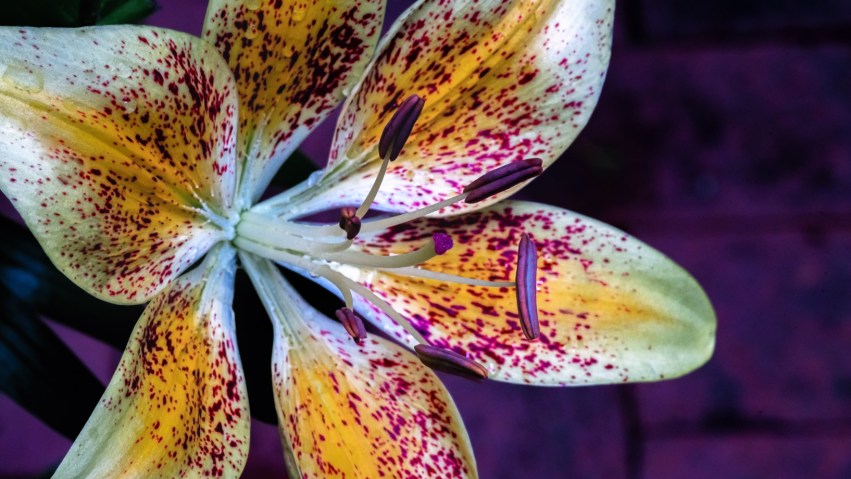From Lilies by Naomi Slade:
“Lilies are familiar because they are ancient. Evolving before the very dawn of mankind, they were poised at our own birth to catch, embrace and captivate us. Despite the innocent blooms that dance in the wilderness, they tend to be portentous rather than frivolous, and they are never cosy. Adopted by religion, death and politics, the lily is a plant of ritual significance and multifaceted symbolism.”
From “The Journal of Henry David Thoreau” in The Complete Works of Henry David Thoreau by Henry David Thoreau:
“I wished to breathe the atmosphere of lilies, and get the full impression which lilies are fitted to make.”
Hello!
Here are the last variations on my lily photos. The previous posts in this series are:
Summer Sky Pink (Very-Very Pink!) Asiatic Lilies (1 of 4)
Summer Sky Pink (Very-Very Pink!) Asiatic Lilies (2 of 4)
Summer Sky Pink (Very-Very Pink!) Asiatic Lilies (3 of 4)
I’m out of lily photos from those in my own garden, though I’ve accumulated several batches from elsewhere in the neighborhood that I’ve just started processing, including more than a dozen different varieties (which is just amazing!) and about 400 photos. It will take some time to organize them (the first few days with a large collection of photos is like sorting a mountain of paper clips by color) and jazz them up, so next — from my garden — will be a set of hibiscus photos from a couple of new plants I bought back in April. Stay tuned!
Thanks for taking a look!




































































